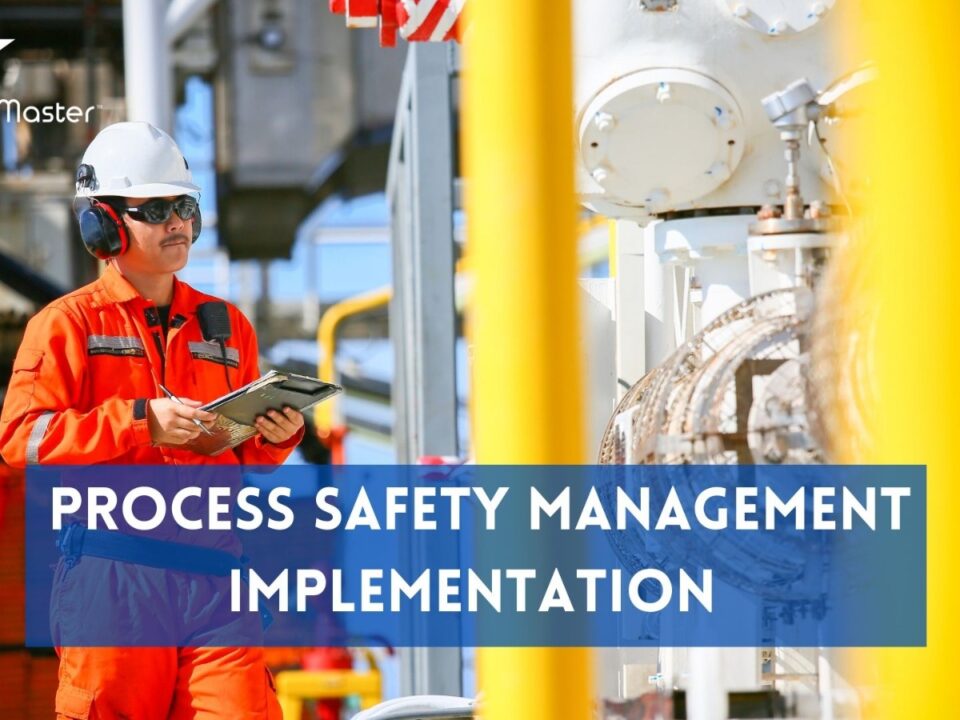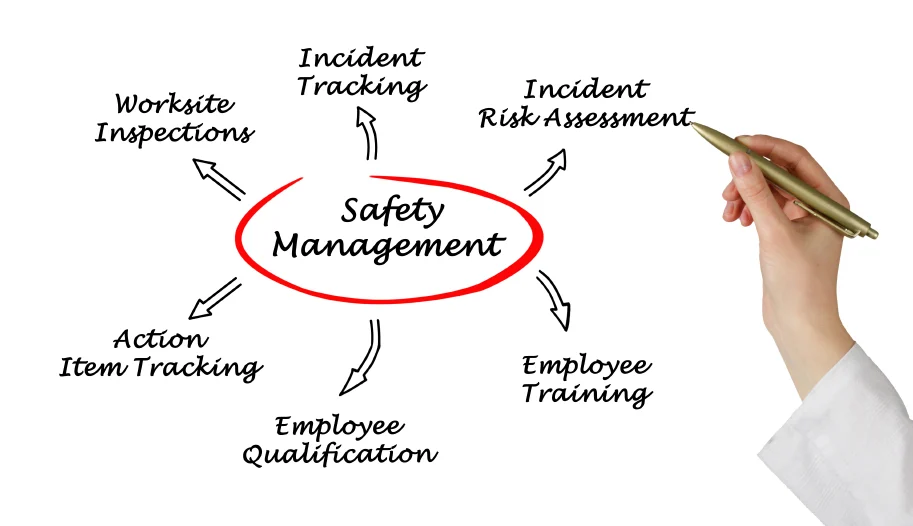How to Get-Process Safety Management Compliant?

What is Safety Culture Survey in BBS Implementation?
October 3, 2022
HAZOP Studies: Advantages and Disadvantages of its Use
October 8, 2022Introduction
To process safety management (PSM) compliance, you need to have a documented process safety program in place. This program includes 14 elements that must be addressed during an audit. If any of these elements are missing, you’re not compliant with PSM standards. Let’s take a look at what they are and how they relate to your business:
The Occupational Safety and Health Administration (OSHA) created the Process Safety Management (PSM) Standard, to protect employees from catastrophic chemical release hazards. According to OSHA, a PSM-covered process is any “process involving a highly hazardous chemical.” To understand what PSM compliance means for a process, you must first perform a review of your process and inventory to determine if the process is “covered” under PSM. Failure to comply with the standard can result in fines and penalties up to $70,000 per day and even jail time for top-level management.
Who Is Required To Comply With The Standard?
If you have employees who work with highly hazardous chemicals, then it’s important for you to comply with this standard. For example:
An oil refinery company that uses or stores more than 10 kg (22 pounds) of highly volatile organic compounds such as ethyl acetate should be compliant with this standard; otherwise, they may face serious consequences if there’s an accident at their plant resulting from improper storage methods or maintenance procedures not followed properly by employees working there every day.
The first step in getting compliant is completing a PSM compliance audit. This audit will identify any gaps between your current management system and what is required by each of the 14 elements of the PSM standard. Depending on the results of the audit, you may need to make minor modifications or complete major overhauls.
The first step in getting compliant is completing Process Safety Management Training and PSM compliance audit. This audit will identify any gaps between your current management system and what is required by each of the 14 elements of the PSM standard. Depending on the results of the audit, you may need to make minor modifications or complete major overhauls.
Every facility has its own set of Process Safety Management best practices that need to be followed in order to keep workers, the environment, and the community health in mind. This is why Process Safety Management is necessary and must be developed. But what an employer needs to know is how he can manage his facility in a way that satisfies the legal demands. To get Process Safety Management (PSM) compliant, you need to ensure that your process is safe throughout the whole process lifecycle from start to finish. This includes the planning, design, and construction of the process, the operation of the process, and then any modifications.
Conclusion
That’s it! Now you have a better understanding of how to get process safety management compliant. If you feel overwhelmed by the process, don’t be afraid to reach out for help from an experienced professional.
For more info Contact us at
TSM TheSafetyMaster Private Limited
Email: – info@thesafetymaster.com
Call: – +91-7665231743
Visit: – https://www.thesafetymaster.com/




